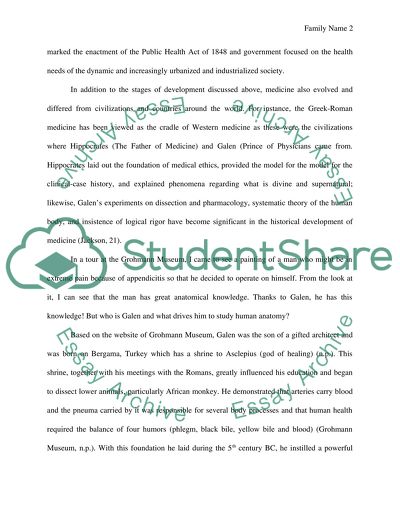Cite this document
(“The Self-Operation Essay Example | Topics and Well Written Essays - 1250 words”, n.d.)
The Self-Operation Essay Example | Topics and Well Written Essays - 1250 words. Retrieved from https://studentshare.org/literature/1619938-the-self-operation
The Self-Operation Essay Example | Topics and Well Written Essays - 1250 words. Retrieved from https://studentshare.org/literature/1619938-the-self-operation
(The Self-Operation Essay Example | Topics and Well Written Essays - 1250 Words)
The Self-Operation Essay Example | Topics and Well Written Essays - 1250 Words. https://studentshare.org/literature/1619938-the-self-operation.
The Self-Operation Essay Example | Topics and Well Written Essays - 1250 Words. https://studentshare.org/literature/1619938-the-self-operation.
“The Self-Operation Essay Example | Topics and Well Written Essays - 1250 Words”, n.d. https://studentshare.org/literature/1619938-the-self-operation.


